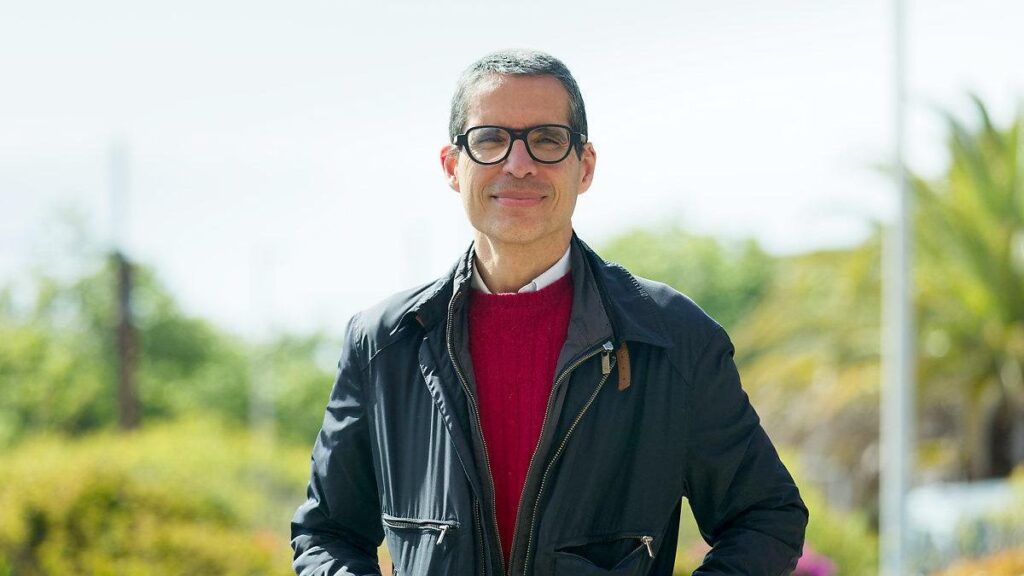A tourism paradise at a crossroads
The Canary Islands are facing a historic crossroads: the tourism model that has sustained its economy for decades threatens to cause ecological, social and energy collapse. Serafín Corral, Professor of Applied Economics and Quantitative Methods at the University of La Laguna, warns that the archipelago has “exceeded its limits” and urgently needs to redefine its development model, since “there is no direct correlation between more tourism and more prosperity”.
The paradox of prosperity without wellbeing
Since 1990, the islands have received tens of millions of tourists, but this record has not translated into a proportional improvement in the quality of life. “The Canaries have one of the lowest per capita incomes and one of the highest unemployment rates in Europe,” recalls Corral. The paradox, he points out, is that “despite this, we continue to attract both tourists and new residents, which shows that GDP is no longer the only benchmark of well-being”.
The professor heads the PENSARES research group, which studies models of post-growth in island territories, a trend that questions the logic of unlimited economic growth. In his analysis, the Canary Islands have become a “laboratory of unsustainability”, where population density, pressure on natural resources and the environmental impact of intensive tourism have exceeded sustainable thresholds. “We are hanging on, but I don’t know how much longer,” he warns.
Loss of control over tourism planning
Corral emphasises the lack of sovereignty over tourism planning. “For example, the tourism strategy of Adeje or Arona is not decided in the Canaries,” he complains, underlining the influence of external interests. This dependence is aggravated by territorial management that has not taken into account the biophysical limits: “we live far beyond our means”, he says.
When tourism transforms from welcome guest to unwanted presence
Beyond the ecological impact, the current model has led to growing social friction. “Tourists no longer occupy only specific spaces; today they are everywhere, driven by social networks and digital platforms. And this has transformed local perceptions: what was once a source of pride is now experienced as a threat,” explains Corral.
This transformation has generated what the economist calls a “loss of symbolic hospitality”. “We are losing the intangible elements that made coexistence with tourism possible: the sense of community, cultural identity, a balanced relationship with the visitor.”
Building a new social contract for sustainable tourism
The solution, he argues, lies in opening a profound and participatory debate on the tourism model. “We need a new social contract: to decide collectively what kind of tourism we want and for whom,” he says. One of the key tools for this is the construction of new prosperity indicators, such as those that have begun to be applied in San Cristóbal de La Laguna. “It’s not just about employment and income: we’re talking about access to services, integration, leisure time, emotional well-being,” he explains.
Pioneering alternatives already showing the way forward
Despite the gloomy diagnosis, Corral points out that there are viable alternatives. One of them is the promotion of local energy communities, such as Enérgetica in Tenerife or Energía Bonita in La Palma, which promote the decentralised production of renewable energy and citizen participation. “These are pioneering experiences, comparable to those of Iceland or Scandinavia, which show that another model is not only possible, but already exists,” he says.
But for this change to crystallise, he concludes, a structural transformation of the political and economic priorities of the archipelago is needed. “It is not just a matter of regulating the number of tourists, but of rethinking what we live for, how we inhabit these islands, and what legacy we want to leave behind.”


